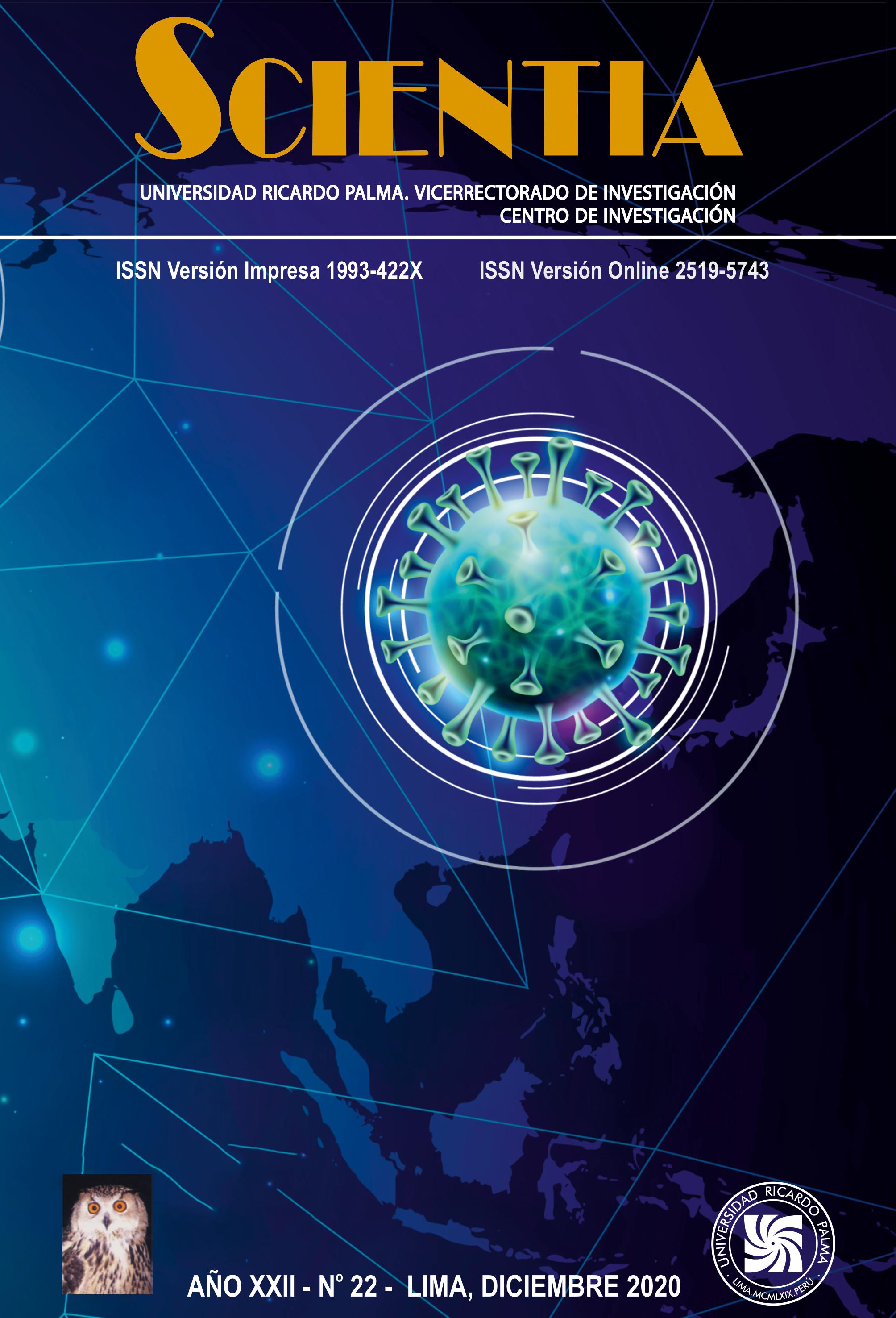CONSTRUCTIVE SOLUTIONS TO PROTECT THE LIFE AND PHYSICAL INTEGRITY OF THE POPULATION AGAINST FROST AND COLD IN PUNO - YEAR 2018
DOI:
https://doi.org/10.31381/scientia.v22i22.3583Keywords:
Constructive solutions. Protect life and physical integrity. Frost and cold.Abstract
The research “Constructive solutions to protect the life and physical integrity of the population against frost and cold in, Puno- Year 2018”, developed a basic type, with non-experimental and transversal designs.
In its development, a direct relationship was found between the variables, which allowed the development of an instrument to assess the population’s acceptance of constructive solutions, normally designed by the government. t was found that to achieve efficiency and effectiveness, in the treatment of frost and cold. Parallel to the National Program, the government should implement Control Letters, to appreciate as solutions the treatment of the dispersion of prevention efforts. This will allow the alignment of the constructive condition factors and the spatial organization, thus adapting the constructive solutions, with the spatial organization that the people of Puno must have, in times of frost and cold.


2.png)



